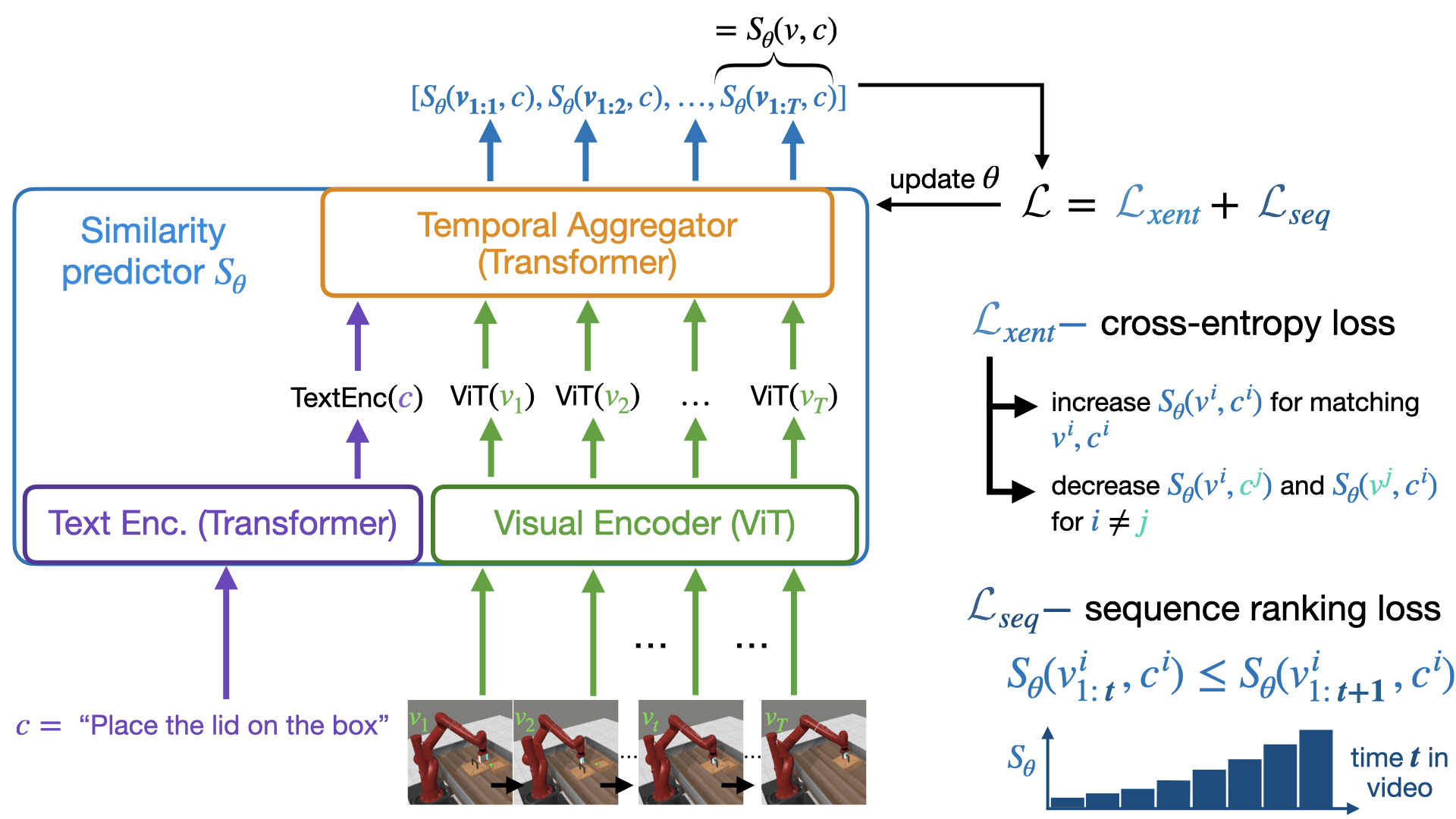About Me
I am currently a 5th year PhD Candidate at Toronto Metropolitan University, under the supervision of Nariman Farsad and Isaac Woungang. Previously, I completed my MSc in Computer Science at Brock University under the supervision of Beatrice Ombuki-Berman, and I received my BSc. in Computer Science from Trent University.
Research
My research aims to enable autonomous agents to acquire the ability to accomplish multiple tasks using a single policy. I am interested in deep reinforcement learning, multi-task reinforcement learning, continual/lifelong reinforcement learning, inverse reinforcement learning, and intrinsic motivation for reinforcement learning. In addition to reinforcement learning, I am interested in generative modelling, self-supervised learning, and vision-language models.
Past Experience
I am currently a part-time lecturer in the Computer Science Department at Brock University. Previously, I was an intern at Royal Bank of Canada working on supporting their technical infrastructure using AIOps methods. Upon the completion of my MSc, I was the Lead Machine Learning Developer at Castle Ridge Asset Management.
Publications






reginald k mclean at gmail dot com
Department of Computer Science
Toronto Metropolitan University
Toronto, Ontario
Canada